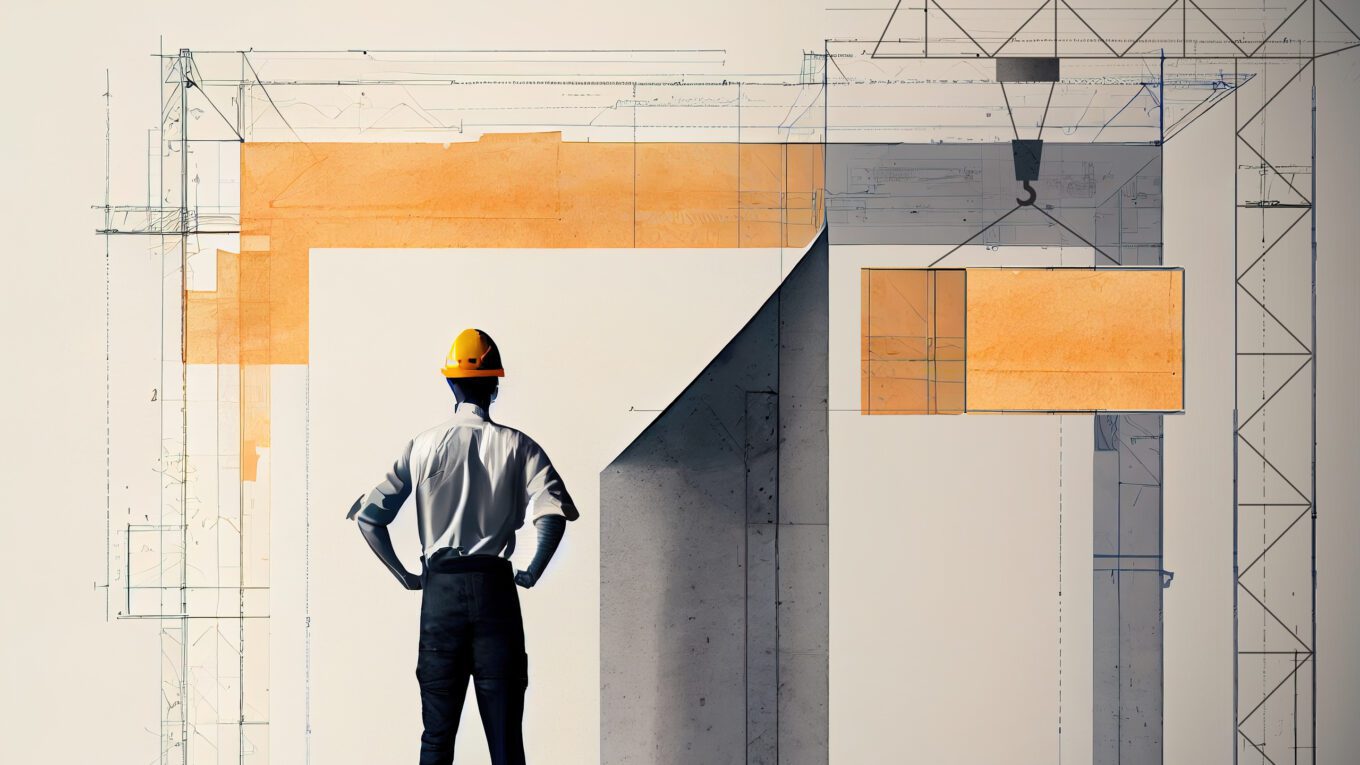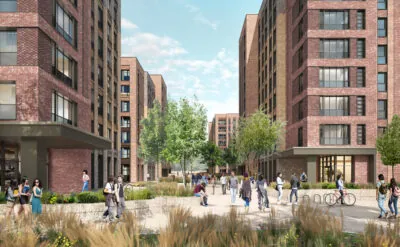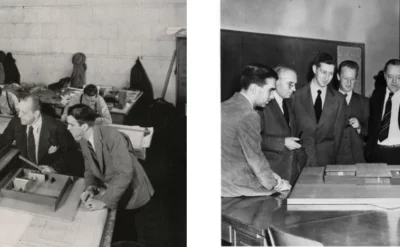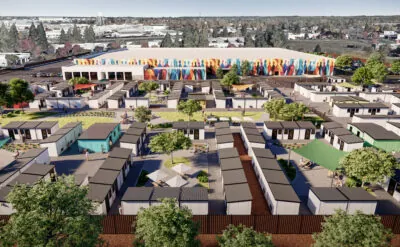Modular design is gaining momentum in the built environment as an approach to Modern Methods of Construction (MMC). The housing crisis and climate crisis are two significant factors that are accelerating off-site manufacturing of modular components. Before you jump on the bandwagon, it’s important to understand the pros and cons – as well as the drivers that optimize this methodology. Modular construction solves many challenges facing today’s construction industry, but it’s not for every project type or project delivery model.
In this Insight Article, we asked our leaders working with modular design to share their insights and key lessons learned with those unfamiliar with the process. We highlight multiple benefits from economic impact to environmental benefits.
Economic Impact
The exponential rise in construction costs can result in delays, or in some cases redesigns, as owners and developers look for ways to reduce cost to stay on budget. The first question people ask is: Will modular construction be cheaper to build? The answer is: It depends where the cost lies. Long-term, a properly planned and executed modular project could be cheaper to build. However, all associated factors must be carefully considered to realize the ROI and efficiencies gained through the integration of design, manufacturing and construction.
Modular construction entails a greater degree of manufacturing compared to traditional construction practices. Manufacturing embraces precision through process and technologies. For that reason, the design phase is critical for all disciplines to sanction before the final design makes it to the production floor. Once production begins, this is where modular construction begins to shine. ROI increases as the overall construction time decreases, thanks to parallel actions where on-site groundwork and off-site construction occurs simultaneously. Ideally, modules will be shipped onsite for assembly and installation by the time the foundation is ready, and these time savings can enable a project turnaround months ahead of traditional construction schedules, allowing faster occupancy and quicker ROI.
One of the most attractive features of modular construction is the predictability resulting from its off-site construction in an optimally climate-conditioned indoor factory setting. Negative impacts of rain, snow, direct sunlight and wind are eradicated, removing environmental and seasonal effects on a build. As well, a greater degree of Quality Assurance and Quality Control (QAQC) can result from the consistent workflow inside a factory.
To be successful, defining a project’s goals and a tightly coordinated approach and plan with qualified partners at the start of a project is required. Higher up-front costs can be recouped through the efficiencies gained through completion of the project.
Modular design should be considered when:
- Components or spaces can be replicated
- Rapid deployment is essential
- Remote site where trades or supplies are not readily available
- Extreme weather or climate locations
Our advice to those considering modular design for the first time is:
- Ensure you are working with a reputable and cooperative manufacturer
- Create and test a prototype prior to going into manufacturing given the repetitive nature of MMC
- Don’t assume design costs are reduced through this method as additional effort in coordination and detailed drawings is required for manufacturers
Environmental Benefits
The built environment is one of the most significant CO2 emitting sectors, responsible for 40% of annual global emissions: 27% from energy use (operational carbon) and 13% from materials and construction activities (embodied carbon). Modular construction holds immense potential to reduce both, as well as creating high performance buildings.
Modern Methods of Construction refers to actions taken to increase efficiency and delivery while reducing carbon emissions. Assembling materials off-site, focusing on reducing waste, and controlling the quality of products all contribute to healthier buildings. By reducing the size of the supply chain, owners can be more efficient when accounting for carbon and energy use.
Off-site construction can reduce construction waste generated by as much as 80%, due to minimized tolerances, higher efficiency equipment utilized, and the reduction in/diversion of material shipments (and their associated emissions) packaging from landfilling. Since most construction activities take place directly within manufacturing facilities, a percentage of the waste generated can be reincorporated into other manufacturing processes, encouraging circularity.
Digital twins, automation and robotics are all are tools being used in various stages of advanced construction projects. With the evolution of design and technology, the mindset on how to define, approach, and execute construction is slowly shifting towards modularity. This entire process fits perfectly into the realm of manufacturing. Quality Assurance and Quality Control (QAQC) processes can begin at the design stage, going through clash detections and simulations on how the building is constructed and operated. This could continue through execution with the help of technologies to minimize deficiencies with tight tolerances. Digital tools can also help estimate the exact material needs, enhancing the reduction in waste at the end of the project, decreasing the overall carbon emissions of the project and saving money, if managed with the right oversight.
Modular construction can take many forms; from modules of building components being manufactured off site, to wholescale buildings being built in a factory and transported to their destination. While modular designs may not evoke the same feelings as great architectural wonders, for the right project, its technology-driven, replicable structure and controlled conditions can be equally remarkable.
In the future, modular construction could encourage full Cradle-to-Cradle results with entire buildings erected, disassembled and reconstituted under the same roof.
Start a conversation about the uses and best practices of modular design and construction based on our experience across Residential, Correctional Facilities and Labs.



